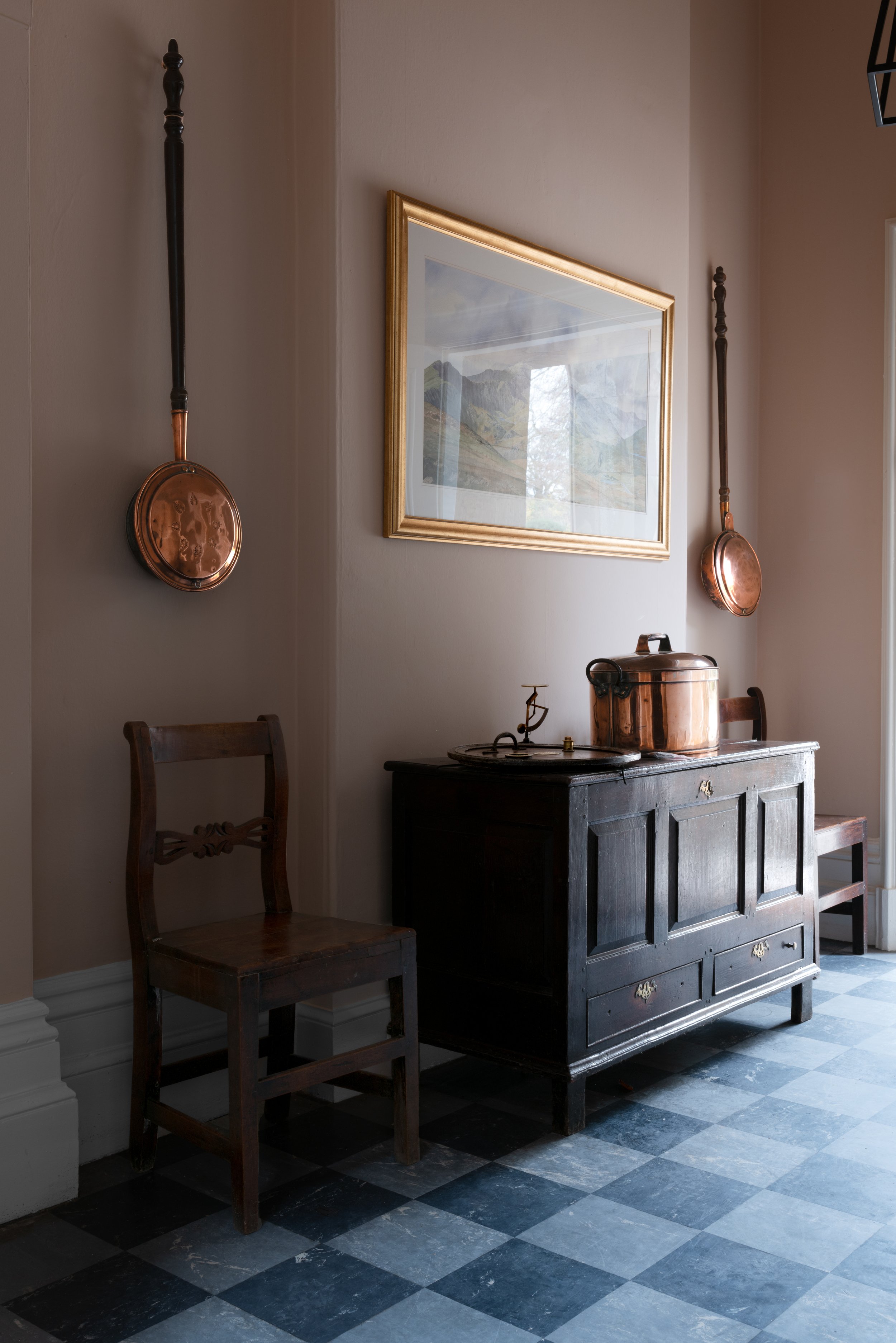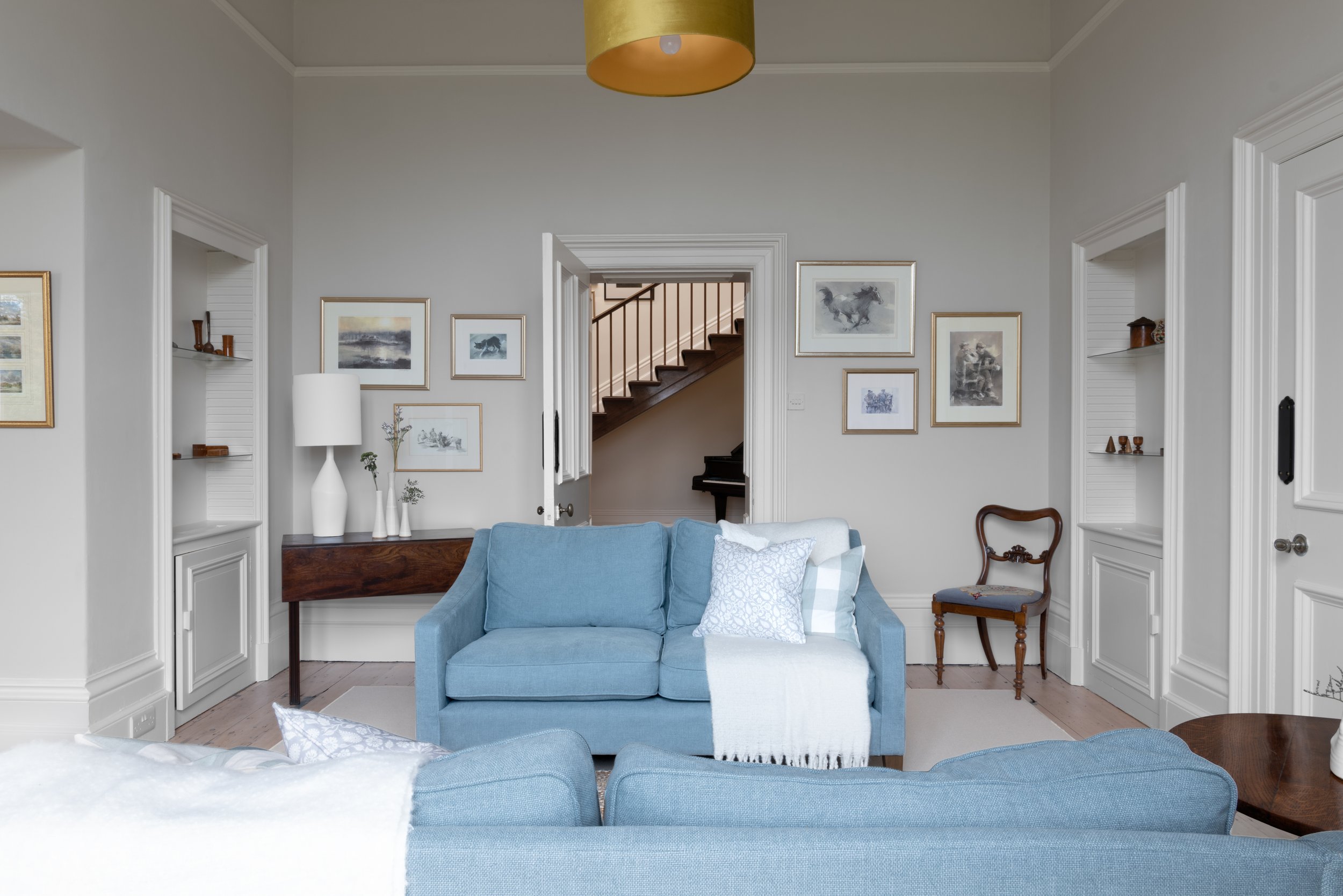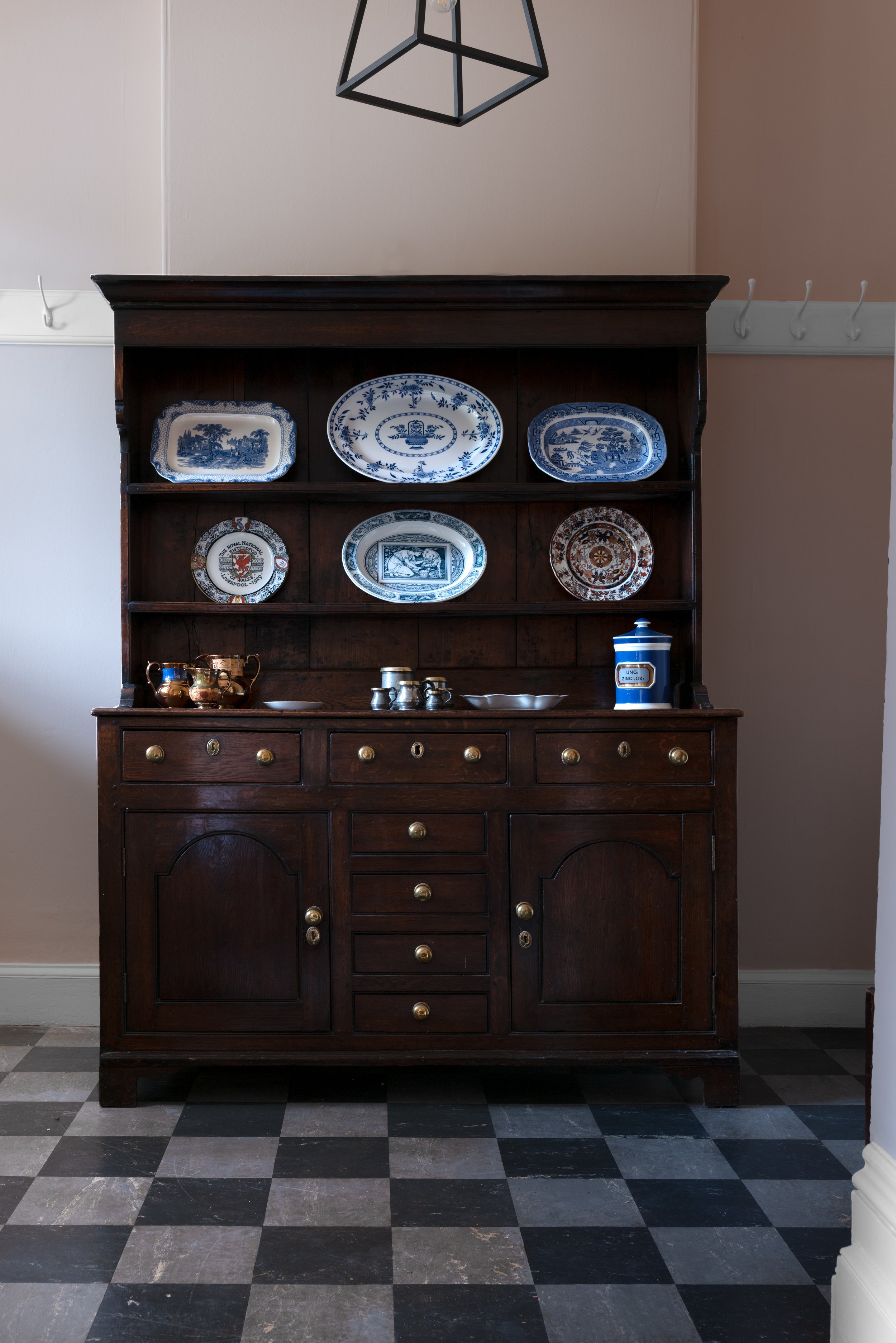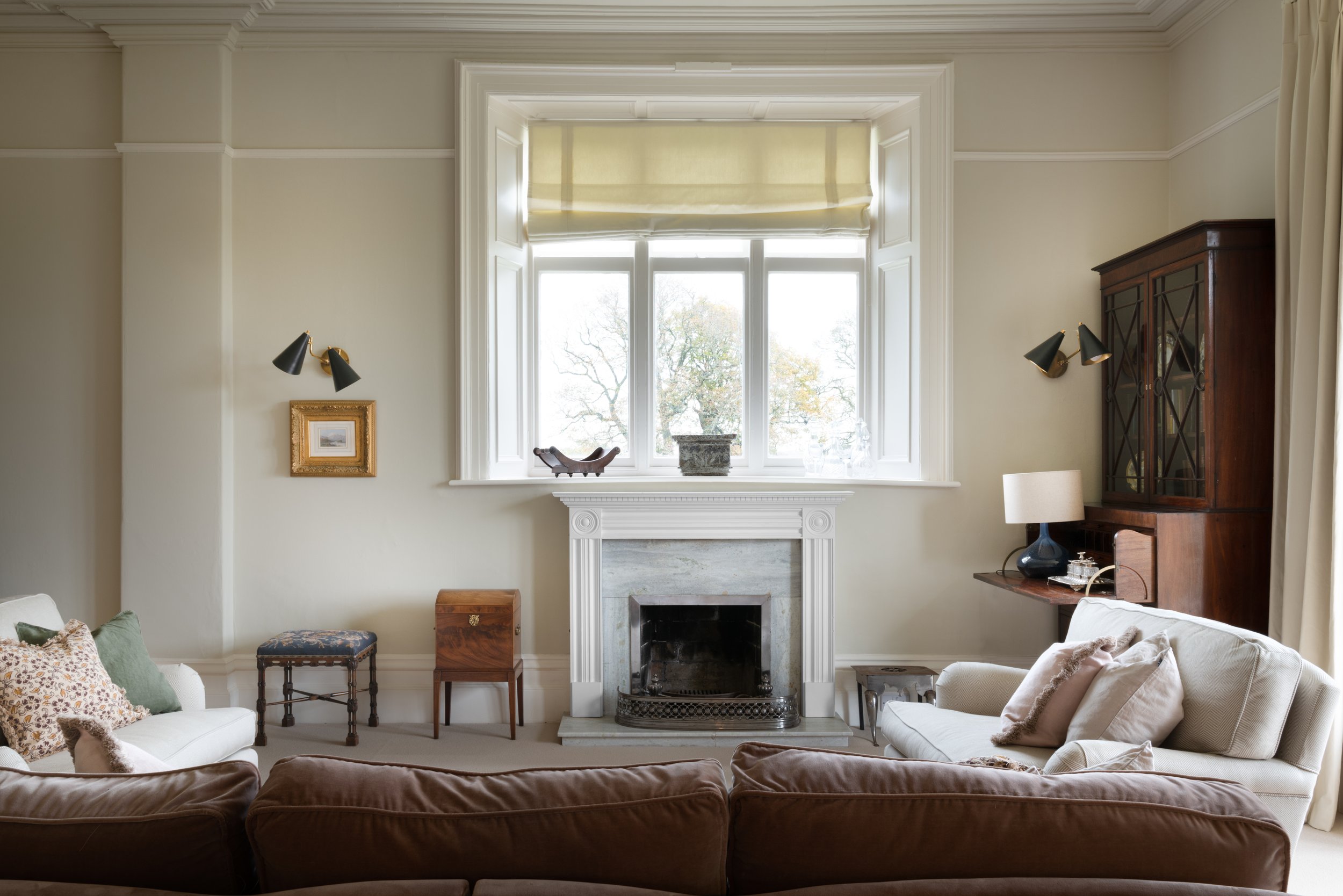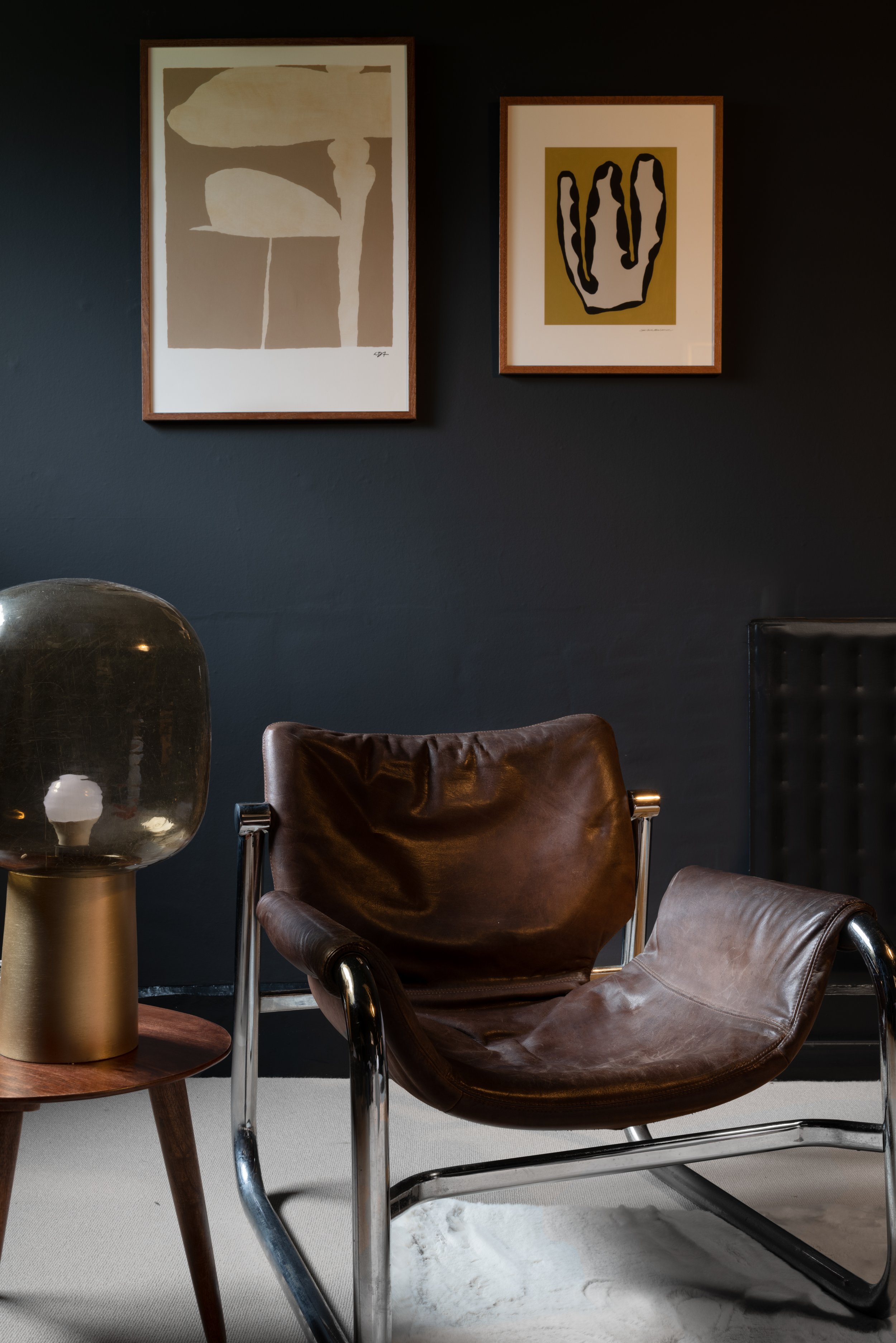When it comes to crafting aesthetically pleasing interiors, the Rule of Three stands as an unwavering beacon of guidance for decorators and designers alike. This principle, rooted in the psychology of visual perception, holds immense power in creating balanced, engaging spaces. In this post, we'll unravel the mysteries behind the Rule of Three, understand its significance, and learn how to wield it effectively in your decorating endeavours.
What is the Rule of Three in Interior Decorating?
At its core, the Rule of Three involves arranging elements in a space in groups of three. This could refer to any trio of items, be it decor pieces, colours, or even furniture placements. The magic of the Rule of Three lies in its ability to achieve visual harmony through asymmetry. By breaking a space down into thirds both horizontally and vertically, designers can create a balanced composition that is both dynamic and engaging.
Consider a living room. Instead of placing two identical items on a side table, introducing a third, distinct element can create a more visually interesting tableau. For instance, a lamp, a stack of books, and a decorative item provide depth and texture, evoking a sense of completeness that dual elements might lack.
Why Decorate in Odd Numbers?
The human brain naturally seeks patterns and balance. Odd numbers, especially trios, provide a sense of visual intrigue and complexity. When we encounter a group of items arranged in threes, our minds find them more memorable and appealing compared to even-numbered groupings.
Odd numbers also introduce a sense of hierarchy and focal points. In a room with an odd number of focal points, the eye naturally gravitates towards the centre, creating a dynamic visual flow. This principle is instrumental in guiding the viewer's gaze and creating a harmonious, well-composed space.
In addition, odd numbers prevent the design from appearing overly symmetrical, which can sometimes feel static or predictable. They inject a touch of whimsy and playfulness, allowing for a more organic, lived-in feel.
In Practice: Applying the Rule of Three
Now that we understand the theory, let's put it into practice. Consider a dining table. Instead of placing two candlesticks at its centre, try adding a third element, like a vase of fresh flowers. This not only adds depth but also elevates the visual impact of the table setting.
Remember, the Rule of Three is not a rigid formula, but rather a guiding principle. Feel free to experiment, adapting it to suit your personal style and the unique characteristics of your space.
In conclusion, the Rule of Three serves as a powerful tool in the decorator's arsenal, offering a straightforward yet profound way to create balanced, visually engaging interiors. By embracing odd numbers and employing this principle judiciously, you can transform your spaces into harmonious, captivating environments that resonate with both elegance and vitality.



